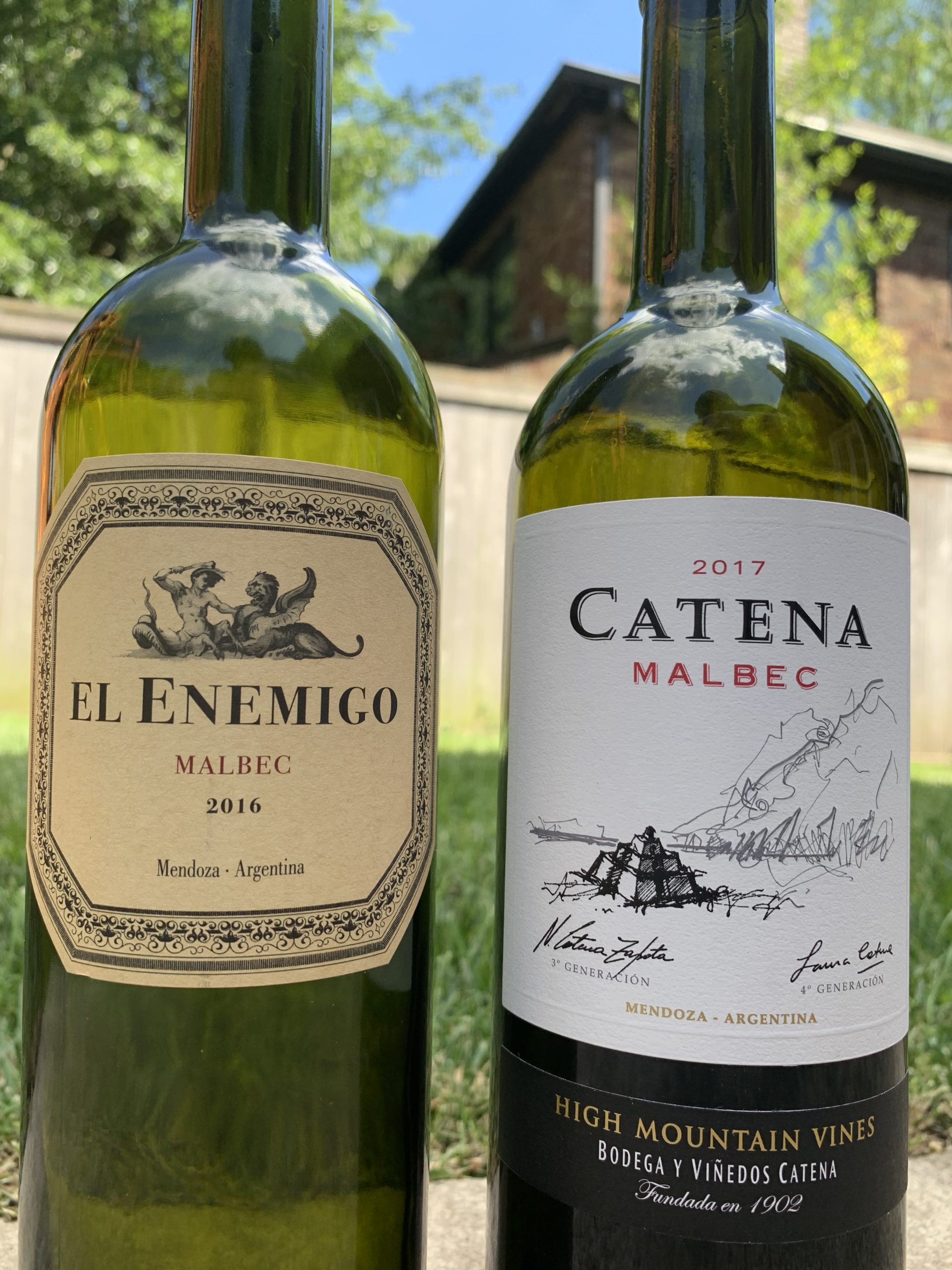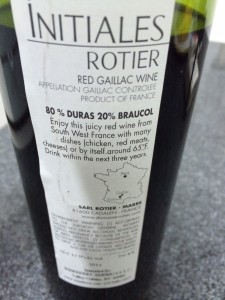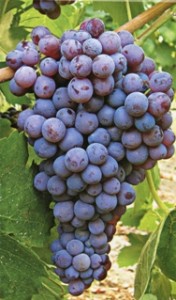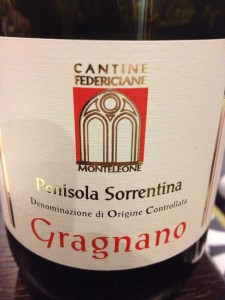Malbec is a special grape to me. It is the grape that opened up the world of wine, the differences of vineyards and brands and lands of grapes. We lived in Argentina at the time that I tried Malbec and it was so superior to any kind of wine, mixed drink or anything else that I had tried up to that point. It was also everywhere in Buenos Aires and most came from one place – Mendoza.
On multiple weekends, I made trips from Buenos Aires to Mendoza on overnight buses, spent all weekend biking around the city and province, and then taking an overnight bus back before Monday began. It was exhausting and glorious, and Mendoza presented itself as a location backdropped with mountains and tons of sun, yet was populated by many warm people who had little of the arrogance and Louis XIV heliocentricity more common in large cities with the national capital coexisting on top.
Over the years, Argentina Malbec has been a mainstay at our home, particularly when grilling and when carb-loading on pastas. No grape has appeared more often in this wino’s glass than Malbec. No grape has been so recommended and treasured and re-shared by friends and family members. No grape is so prevalent in the boxes stuffed around our basement.
These two Malbecs are two of my favorites, and both are similar and elegant. Both are also relatively affordable and up to the task for Wednesday Wine Night and for gifts to those that you really enjoy and who enjoy a great bottle of wine without the bravado.
- El Enemigo is the recent tour de force that shows up big in alcohol and taste, pulls back before its bigness becomes alcohol aggressive, and lingers all afternoon in relaxed longevity. Hagrid, knocking on the door of the Dursley’s shack and making himself comfortable on the couch for the evening.
- Catena Malbec is the classic. It’s the standard to compare all Malbecs by – and it envelopes you in violet and velvet, letting you know there’s alcohol but pulling you true-center toward fruit and ultimately, balance. A classic toy gyroscope, when spinning beautifully and smoothly on its axis, permanent in its precision and present in that finite moment.

Detail Up!
- El Enemigo Malbec 2016 – 100% Malbec with 13.% ABV, named after the battle with the enemy within (the original enemy / el enemigo)
- Catena Malbec 2017 High Mountain Vines – 100% Malbec with 13.5% ABV that comes from a blend of three vineyards at high altitude (between 920 and 1,450 meters)
Random Googles:
- Malbec – in France, it’s grown mostly in Cahors in SW France and is often used in blends
- Malbec’s one of the 6 grapes permitted in red Bordeaux – Cabernet Sauvignon, Cabernet Franc, Merlot, Petit Verdot, and Carmenere are the other five.
- El Enemigo Malbec is from a joint venture between Adrianna Catena (daughter of Nicolas Catena) and Alejandro Virgil, noted passionate winemaker




